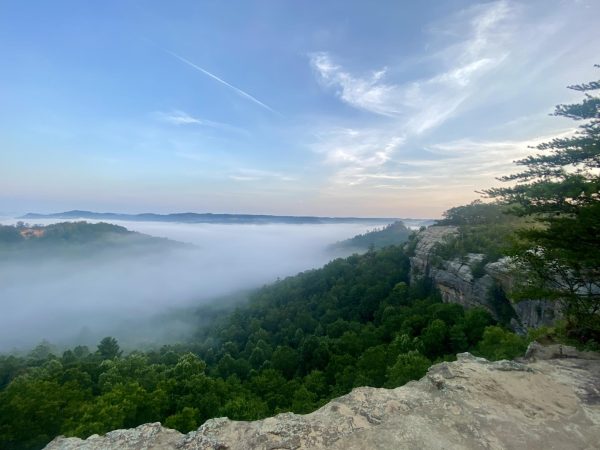Coal remains important to Kentucky, nation
October 26, 2009
Column by Steven Gardner
Kentucky has deep roots in mining and coal. Coal is a part of Kentucky’s heritage and a part of Kentucky’s future. UK was originally the Agricultural and Mechanical College of Kentucky, established as part of Kentucky University, of which mining was an integral foundation.
Today, UK is leading the country in many areas of coal-related research including environmental restoration, safer and more efficient mining systems, coal resources, reforestation, and cleaner utilization, just to name a few.
At the recent Kentucky Governor’s Conference on the Environment, Gov. Steve Beshear made the statement that Kentucky is a Coal State and this is a Coal Nation. Barbara Freese in her book, “Coal – A Human History†made the observation that, “… the United States … where Coal transformed a virtual wilderness into an industrial super power with astonishing speed.â€
Vice Admiral John Grossenbacher (Ret.), director of the Idaho National Laboratory spoke at the Governor’s Conference and made the observation that while nuclear power could safely supply the country with electricity, it will take decades to ramp up to meet our needs and in the meantime, coal will still have to supply a large part of our energy needs.
Dan E. Arvizu, director of National Renewable Energy Laboratory, who also spoke at the Governor’s Conference, observed that while we will be able to supply significant amounts of energy from renewable sources in the future, coal will still be necessary for decades to come.
I am the first to admit that mining of coal has caused problems in the past. However, the debate over mountaintop mining rages with misinformation and inaccuracy from many. Mining methods and land restoration have improved over the decades. Land and ecosystems are restored, in large part due to many of the research efforts at UK.
I would suggest listening to those experts to learn the facts instead of the fiction offered by others. We are learning more continuously. Environmental performance in air and water has improved tremendously. The restored land of former mine sites in East Kentucky is among some of the most valuable land there. Lt. Gov. Mongiardo and House Speaker Greg Stumbo both live on former mine sites and Dr. Mongiardo has practiced medicine in a hospital on a former mine site.
Coach John Calipari recently participated in the official ribbon cutting for Alliance Coal’s new $300 million river view underground mining complex in Western Kentucky. I believe Coach Cal sums it up pretty well in the following excerpt from his official Sept. 19 blog, titled A Miner’s Attitude, â€It was a bit emotional knowing my Grandpa John (not to mention his brother) had spent hours upon hours down under as a West Virginia coal mine (in Clarksburg). But I know how much better the conditions are now for the miners — even if the work is still just as grueling. But make no mistake — it’s dark down there and you can feel the bond amongst the miners from the moment you get on the property. Talk about a team? There are no better teammates than coal miners.â€
The new Wildcat Coal Lodge can be a showcase for energy efficiency in new building construction, while honoring a significant part of Kentucky’s heritage and future for decades to come.
Do we need to find alternative sources of energy? Yes. Coal is a finite resource. Many argue over exactly how much coal is left 200 years, 100 years, 50 years. The exact figure depends on us and our energy consumption.
An inconvenient reality is this country and world will still need coal for a variety of uses in the future, not just energy, but as a resource to produce many of the products we all use in everyday life.






















































































































































